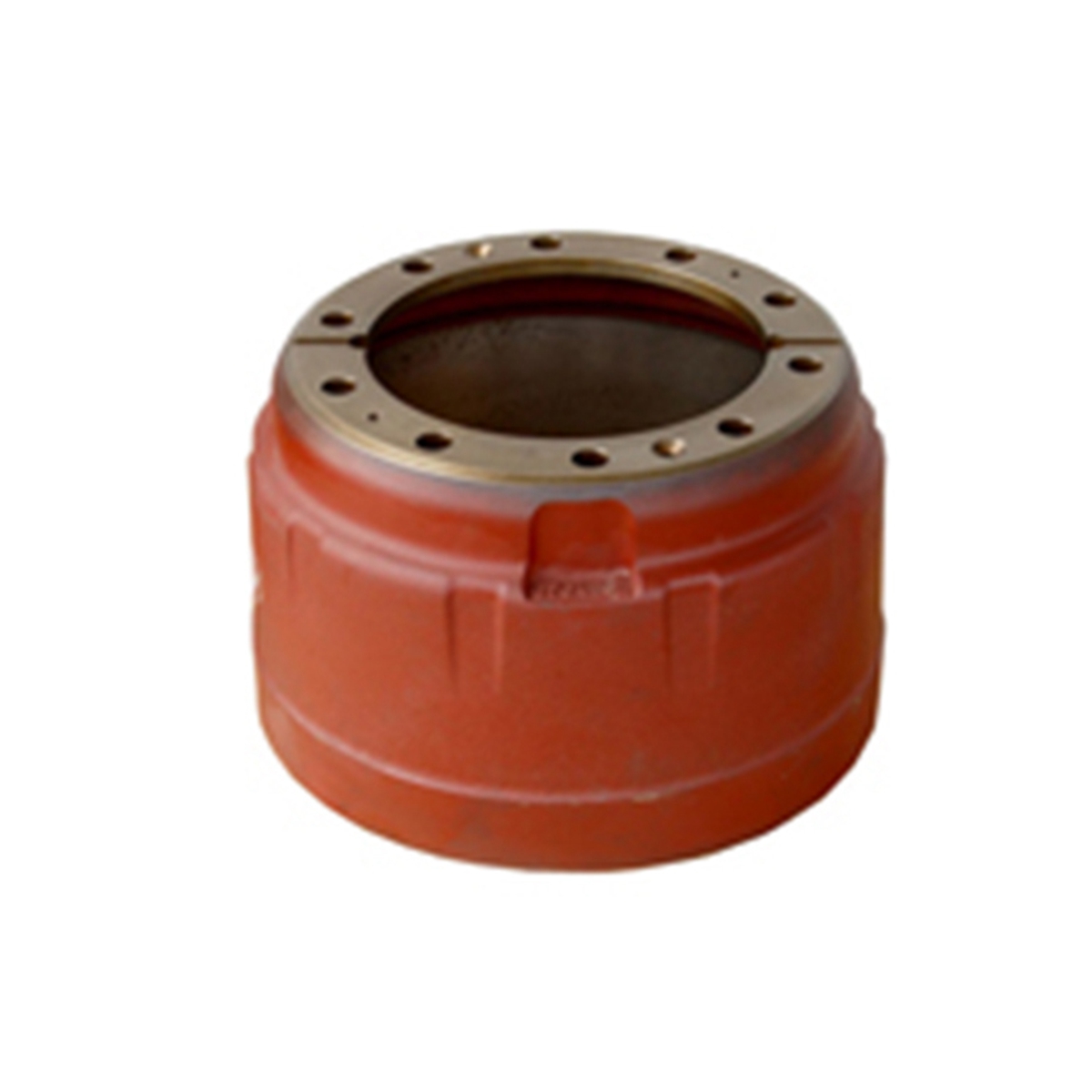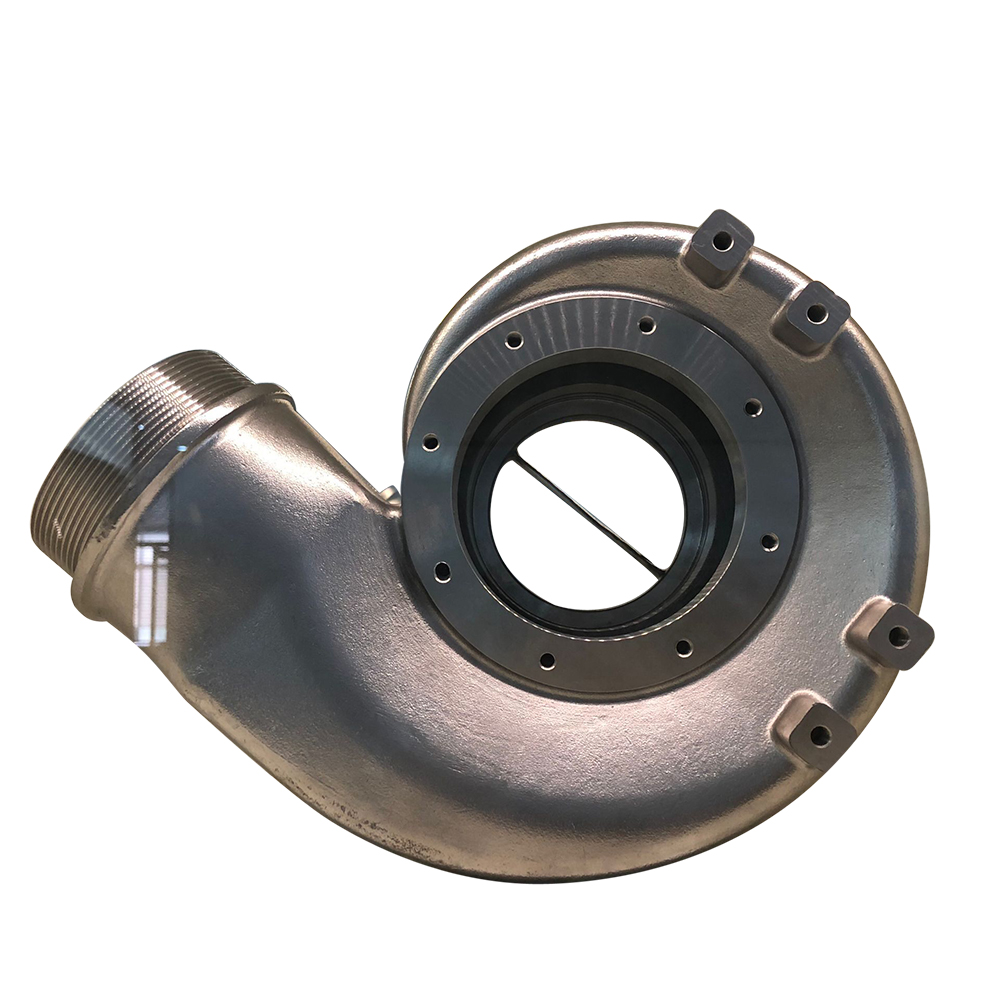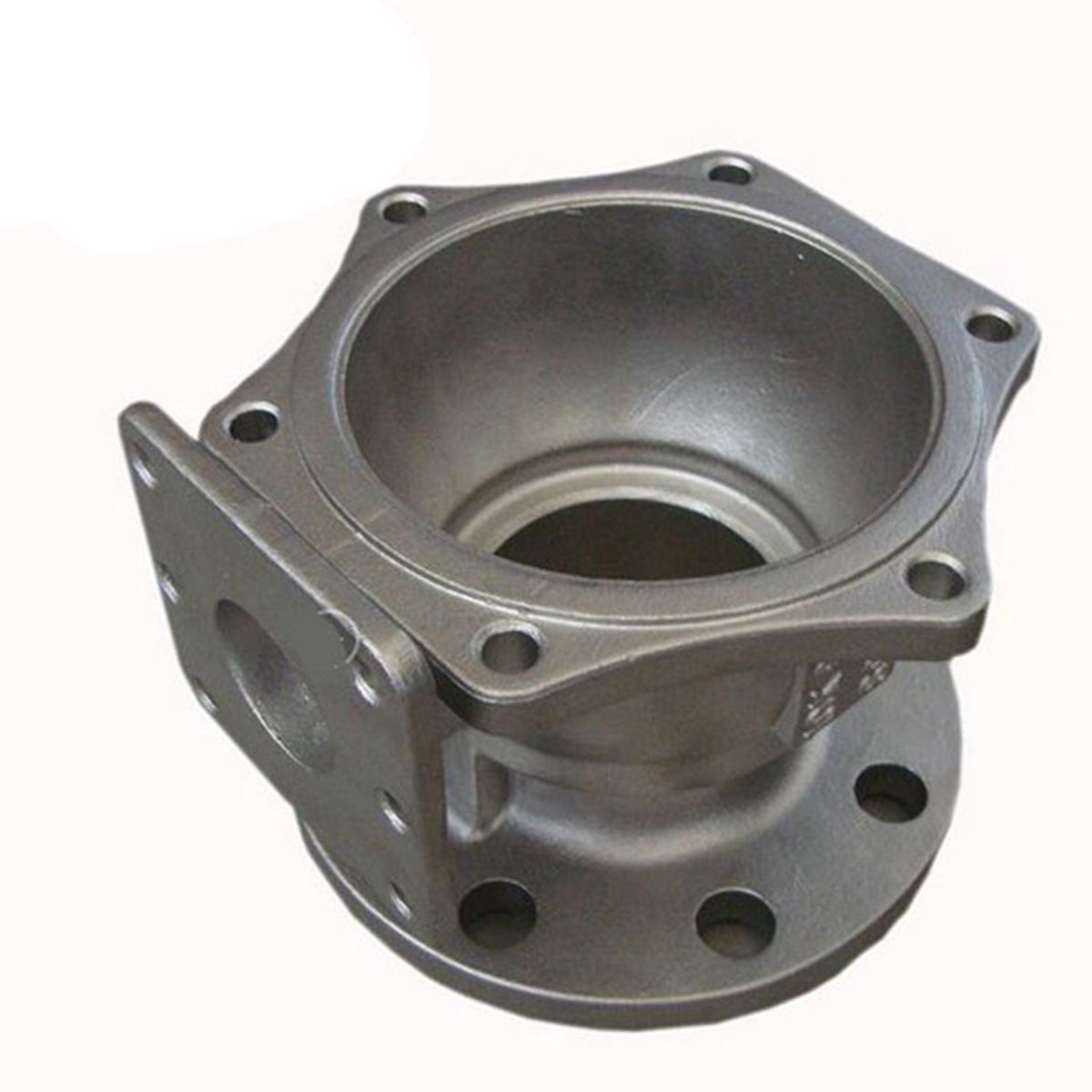Tempering is a heat treatment process in which a quenched metal product or part is heated to a certain temperature, and after a certain period, it is cooled in a certain way. Process, so the combined process of quenching and tempering is called final treatment.
The main purposes of quenching and tempering are:
1) Reduce internal stress and brittleness. There is a lot of stress and brittleness in quenched parts. If they are not tempered in time, they will often deform or even crack.
2) Adjust the mechanical properties of the workpiece. After the workpiece is quenched, it has high hardness and brittleness. To meet the different performance requirements of various workpieces, it can be adjusted by tempering, hardness, strength, plasticity, and toughness.
3) Stable workpiece size. The metallographic structure can be stabilized by tempering to ensure that no deformation will occur in the subsequent use process.
4) Improve the cutting performance of some alloy steels.
The effect of tempering is to:
① Improve the stability of the structure so that the workpiece will no longer undergo an organizational transformation during use so that the geometric size and performance of the workpiece remain stable.
② Eliminate internal stress to improve the performance of the workpiece and stabilize the geometry of the workpiece.
③ Adjust the mechanical properties of steel to meet the requirements of use.
The reason why tempering has these effects is that when the temperature increases, the atomic activity increases, and the atoms of iron, carbon and other alloying elements in the steel can diffuse more quickly, realizing the rearrangement and combination of the atoms, thus making it unstable. The unbalanced organization gradually transforms into a stable balanced organization. Relief of internal stress is also associated with a reduction in metal strength as temperature increases. Generally, when steel is tempered, the hardness and strength decrease, and the plasticity increases. The higher the tempering temperature, the greater the change in these mechanical properties. Some alloy steels with high content of alloying elements will precipitate some fine-grained metal compounds when tempered in a certain temperature range, which will increase the strength and hardness. This phenomenon is called secondary hardening.
Tempering requirements: Workpieces with different uses should be tempered at different temperatures to meet the requirements in use.
①Tools, bearings, carburizing and quenching parts, and surface quenching parts are usually tempered at a low temperature below 250 °C. After low-temperature tempering, the hardness does not change much, the internal stress decreases, and the toughness increases slightly.
② The spring is tempered at a medium temperature of 350~500℃ to obtain high elasticity and necessary toughness.
③ The parts made of medium carbon structural steel are usually tempered at high temperatures of 500-600 ℃ to obtain a good combination of suitable strength and toughness.
When steel is tempered at around 300 °C, its brittleness is often increased, and this phenomenon is called the first type of temper brittleness. Generally, tempering should not be performed in this temperature range. Some medium carbon alloy structural steels also easy to become brittle if they are slowly cooled to room temperature after being tempered at high temperature. This phenomenon is called the second type of temper brittleness. The addition of molybdenum to the steel, or cooling in oil or water when tempering, can prevent the second type of temper brittleness. This brittleness can be eliminated by reheating the steel of the second type of temper brittleness to the original tempering temperature.
In production, it is often based on the performance requirements of the workpiece. According to the different heating temperatures, tempering is divided into low-temperature tempering, medium-temperature tempering, and high-temperature tempering. The heat treatment process that combines quenching and subsequent high-temperature tempering is called quenching and tempering, that is, it has high strength and good plastic toughness at the same time.
1) Low-temperature tempering: 150-250 ℃, M tempering, reduce internal stress and brittleness, improve plastic toughness, and have higher hardness and wear resistance. For making measuring tools, tools, and rolling bearings.
2) Tempering at medium temperature: 350-500℃, T back, with high elasticity, certain plasticity, and hardness. For making springs, forging dies, etc.
3) High-temperature tempering: 500-650℃, S tempering, with good comprehensive mechanical properties. Used to make gears, crankshafts, etc.




